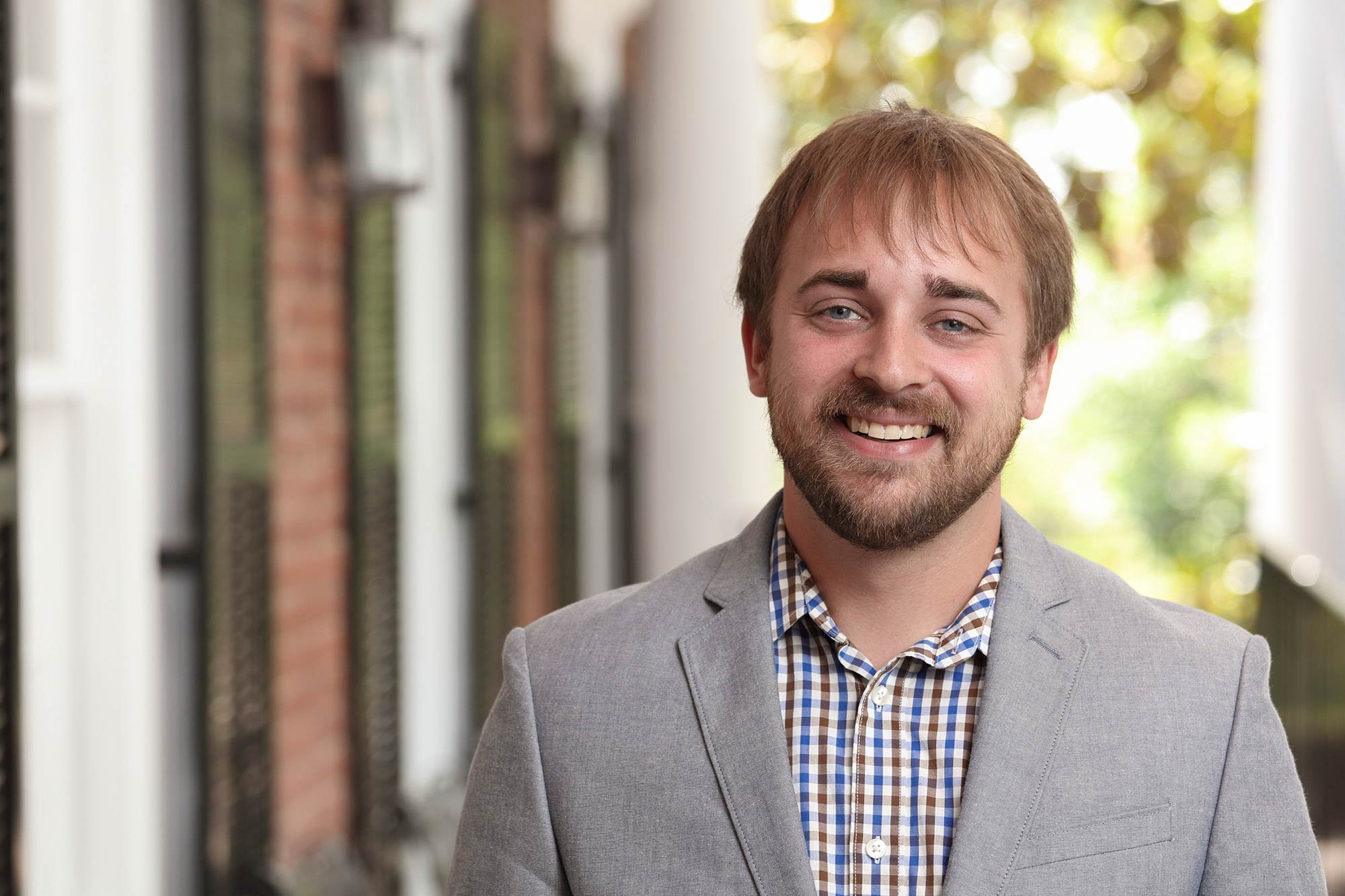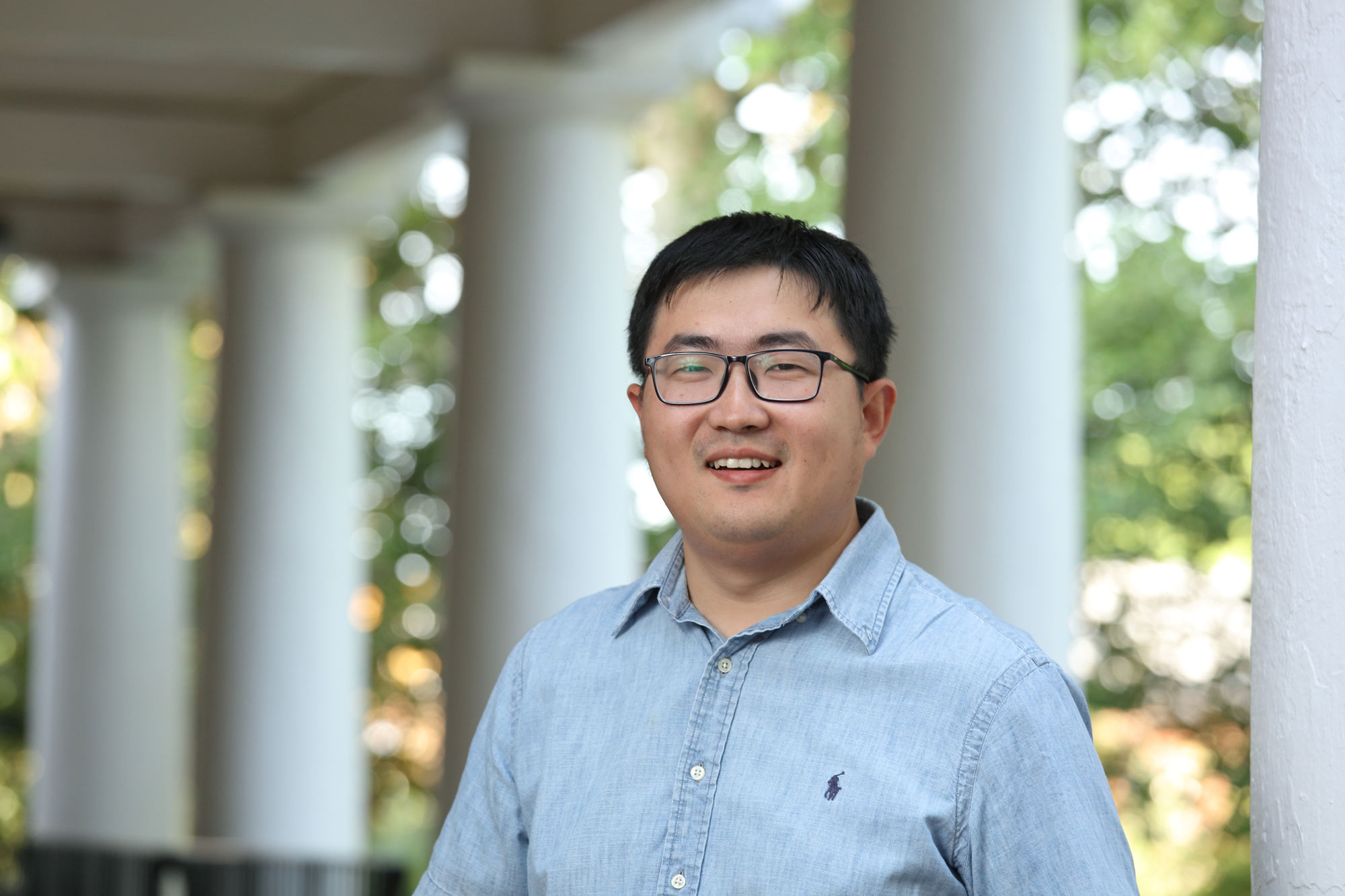Jamie Jirout
(School of Education and Human Development, Educational Psychology and Applied Developmental Science Program)
Jirout, a “curiosity researcher,” wants to find the formula that makes kids curious during science learning.
The key ingredient appears to be the right dose of uncertainty. Too much uncertainty in a class can overwhelm kids; too little makes tasks simple, even boring.
“We want to understand how instructional practices promote curiosity, and what kinds of questions and instructions foster not just momentary curiosity, but curiosity as a sustained characteristic,” she said.
With increased knowledge of what promotes curiosity and how curiosity promotes science learning, Jirout and her team will also use the funding to engage undergraduate students, K-12 educators and even children’s museum instructors on best practices for inspiring curiosity.
Yonghwi Kwon
(School of Engineering and Applied Science, Department of Computer Science)
Kwon is developing plans to stop computer hackers at the very first keystroke, long before they can shut down fuel pipelines or disrupt commerce.
That involves combing through datasets of code to find the paths hackers follow into a system. The result will be new ways to spot a cyberattack at the very earliest moment and shut it down before a hacker wreaks havoc.
“We want to uncover details about the ways attacks happen and create defenses able to anticipate an attack,” Kwon said.
Jundong Li
(Engineering/Departments of Electrical and Computer Engineering and Computer Science; School of Data Science)
How could teachers better help students who struggle? There’s no shortage of opinions about effective ways to teach children, based on observations of what happens in classrooms and children’s behavior in and out of school.
Li is developing sophisticated algorithms and mathematical models that, paired with human observations, will help teachers and administrators determine which learning methods are best for the youngest pupils. His work has the potential for broad applications in public health and medicine in addition to education.
“The basic problem here is that machine learning and data mining alone are often insufficient to make decisions for humans,” Li said. “Typically, given a large amount of data, machine learning models can find correlations and then use those correlations to make inferences and predict outcomes.”
Chris Paolucci
(School of Engineering and Applied Science, Department of Chemical Engineering)
Catalysts – materials that accelerate chemical reactions – are tricky things, but without them, our world would be a lot dirtier.
They can be used to save energy, reduce waste and control pollution.
“A primary bottleneck in many applications has been stability of the catalyst,” Paolucci said. “Let’s say I synthesize something perfectly. I make the material the exact way I want it, but when I start running my chemical reaction that I’m interested in, everything changes. I end up getting something I didn’t start with, and I don’t really understand why that is.”
Paolucci aims to figure out what happens to catalytic materials during reaction, down to their nanoparticles, atoms and ions. This understanding is the key to designing longer-lasting, efficient catalysts that work in a variety of conditions.
Cong Shen
(School of Engineering and Applied Science, Department of Electrical and Computer Engineering)
There once was a time when mobile phones couldn’t do much more than dial, mute and hold.
Thankfully, communications technologies transform about every 10 years. Each generation has a feature that proves disruptive in a good way – what engineers call a “killer application” that makes the new technology so attractive it replaces the old.
Shen is designing 6G wireless communications that will allow machine learning and artificial-intelligence technologies to revolutionize mobile phones. A 6G system could give phones almost unimaginable abilities to learn and deliver information and services to consumers through voice, video and touch commands.
“My CAREER proposal is about building a foundation, an overall framework, for a dramatically different communications system,” Shen said.
Sen Zhang
(College and Graduate School of Arts & Sciences, Department of Chemistry)
Zhang, an associate chemistry professor, is working on how to convert carbon dioxide in biogas – or gas produced from animal waste – to methane.
The hoped-for result would be pipeline-quality renewable natural gas that could accelerate the United States’ efforts of pursuing a net-zero emissions economy.
“If this succeeds, this innovation will lead to improvements in energy efficiency, operational cost and carbon management in the use of catalyst materials for biogas-to-renewable natural gas conversion processes,” said Zhang.
Zhang also plans to develop a series of education plans and outreach, with an emphasis on the development of a teaching platform for undergraduate clean-energy education. The project also will involve educational outreach to minority-serving institutions to increase minority participation in the energy sector.














